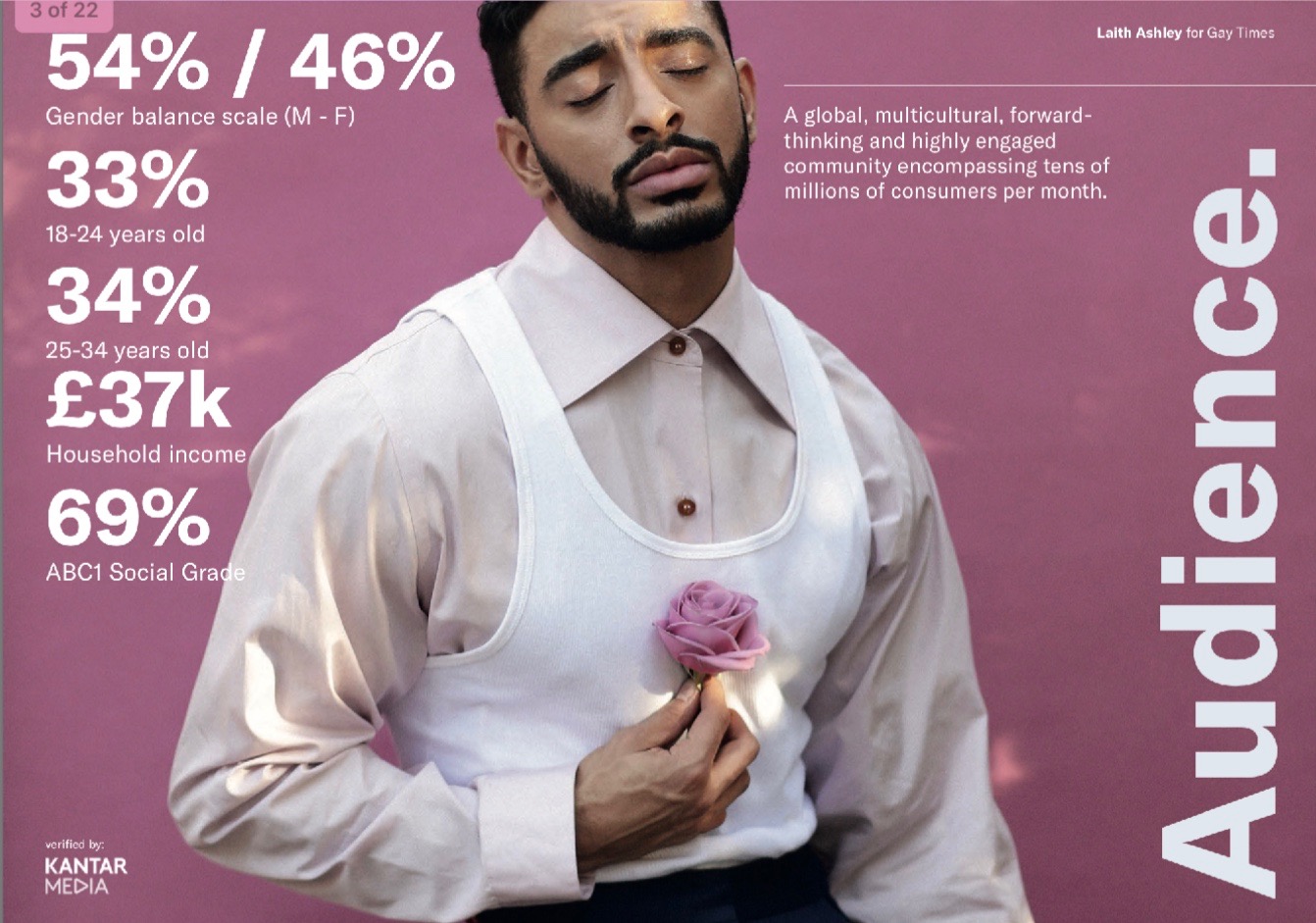When researching magazines as potential markets for freelance journalism, nothing beats the detailed reading of as many issues as possible, to familiarise yourself with the available “slots” and – importantly – who writes them. (If the same bylines keep appearing in particular parts of the magazine, don’t initially waste time pitching those.)

Nevertheless, a useful summary can often be found in the associated Media Packs/Kits published for the benefit of potential advertisers. These include general stats about their readers – or “audience” in these multi-media, multi-platform times – including age, income, gender—all of which will influence the ideas you’ll pitch.
Having, in a past life, had cause to write quite a few media packs, I’m well aware such documents can be more aspirational than factual, describing the audience an editor or publisher wants rather than currently has.
This doesn’t really matter; they still suggest the kind of copy they need.
Also, media packs offer a fresh perspective, helping you see the trees rather than the forest. Take, for example, Gay Times. The self-described “vital resource for the LGBTQ community”, which can trace a publishing history back to the late 1970s, claims a 54%/46% M/F balance across the brand.
Two thirds of the Gay Times audience are also 18 to 34 years old.
I think it’s fair to say that these two simple facts help explain why, increasingly, I’ve found it harder to connect with the magazine in its current incarnation, either as “maturer” reader or as a potential contributor.
Nevertheless, it’s important for a freelance magazine journalist to know such things. It’s why, whenever possible, I track down any potential market’s media pack/kit. They’re a useful tool to have—and I don’t just mean for using the rate card to guess the advertising revenue each issue brings in!